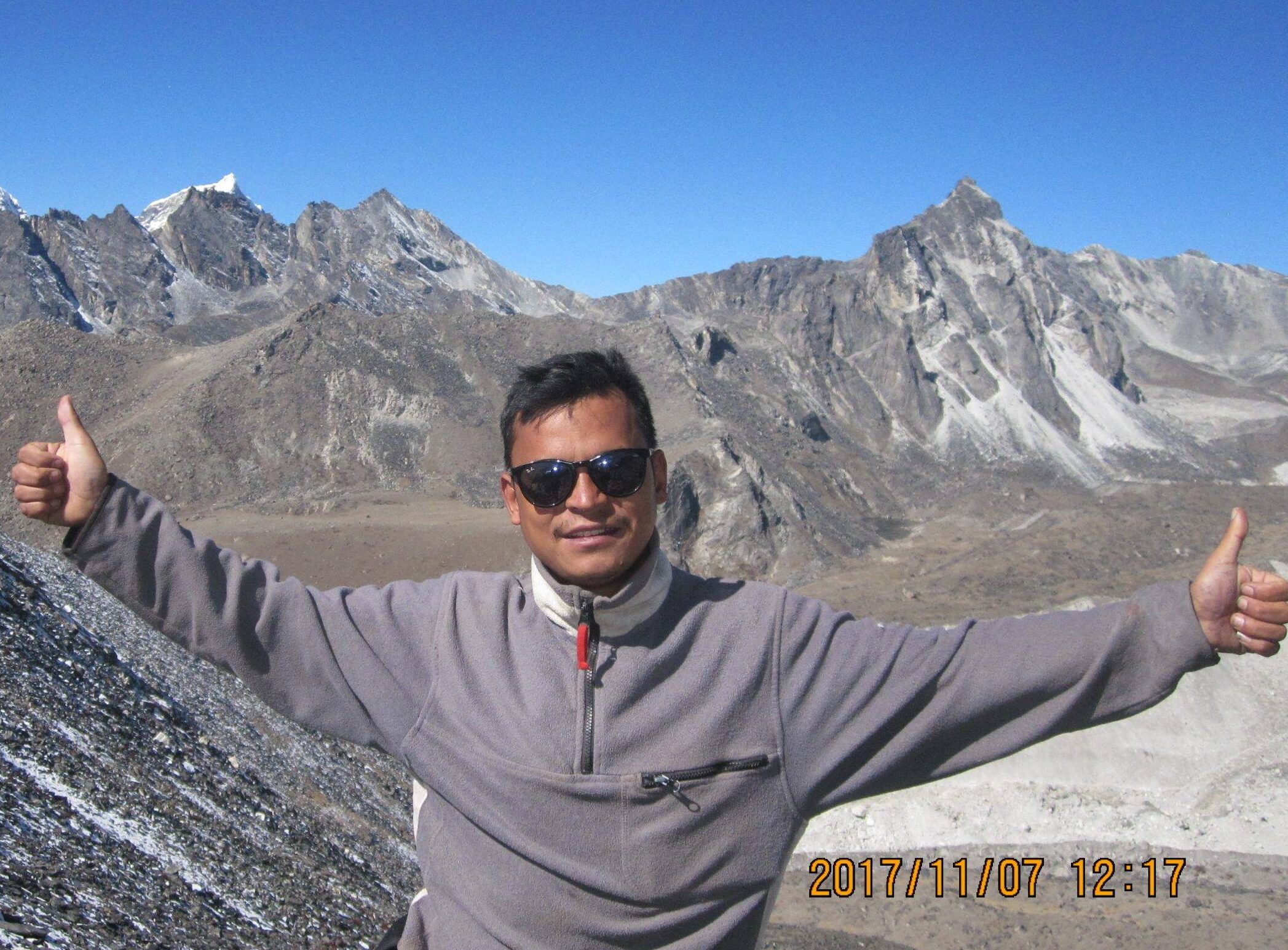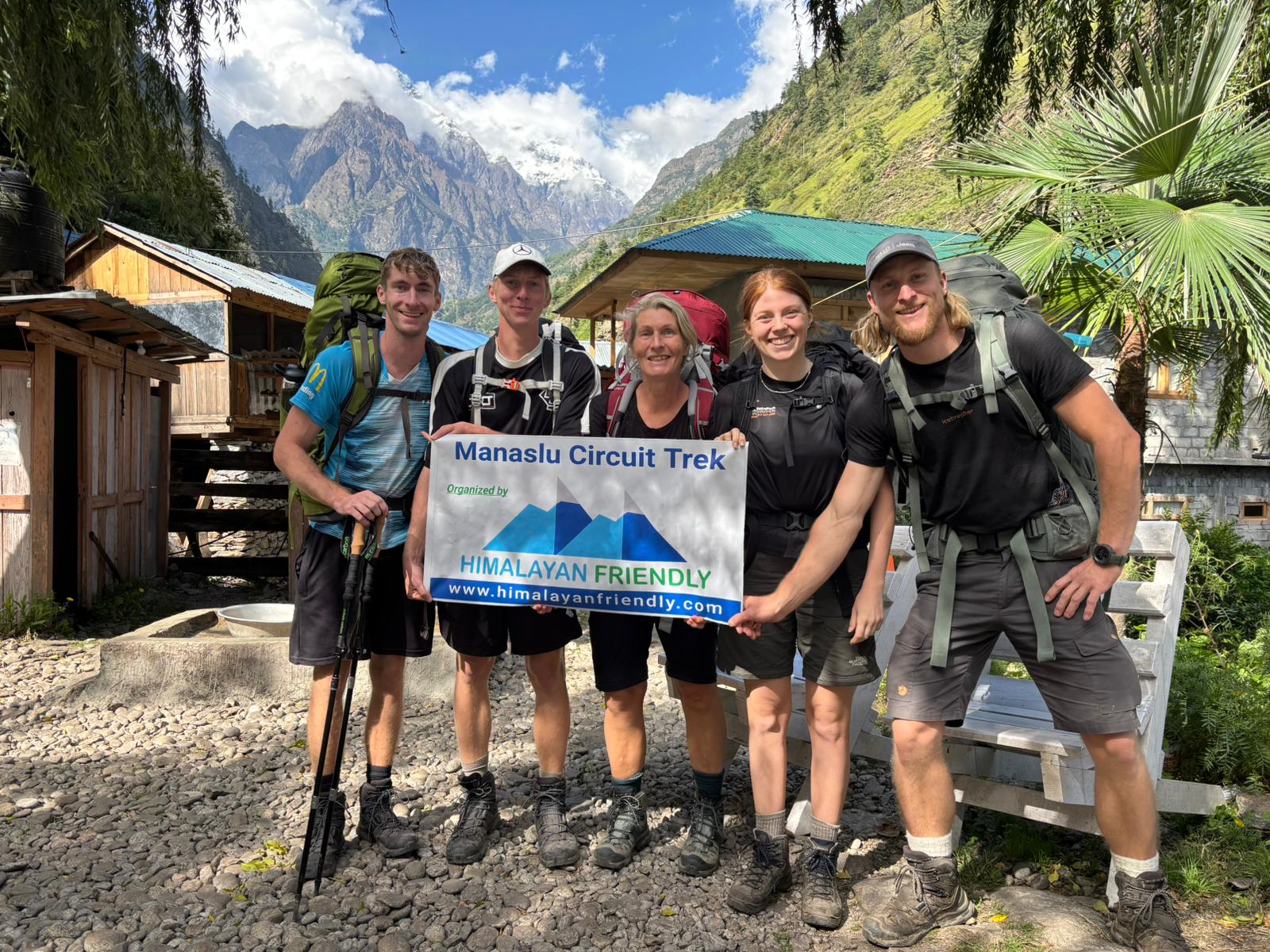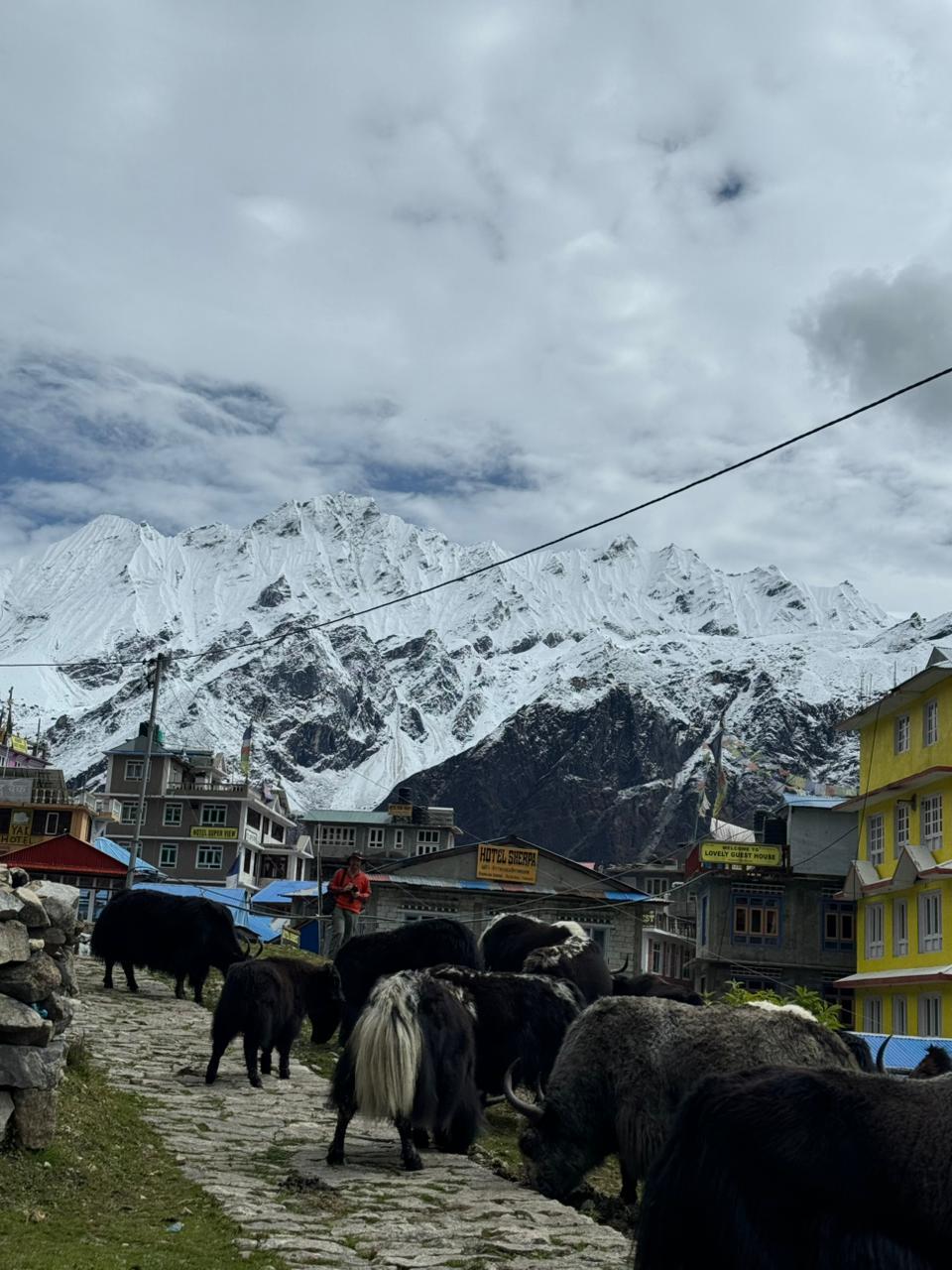
Ram Kumar Ghale

The best time for Annapurna Circuit trek or other adventures in the Nepal Himalayas. The spring and autumn/fall seasons are the right times for exciting adventures with clear views of snow-capped mountains. Nepal has four seasons, spring, summer with monsoon wet months, and autumn with winter.
The spring begins in March and ends in May, a lively time for pleasant and scenic walks. Most days are fine and clear with longer sunshine till late afternoon, dawn till dusk 6 a.m. to 6 p.m. Trekkers can enjoy the walks with mild temperatures, an average of 15° to 20° Celsius. Mornings, late afternoon, and nighttime are cold, and in the shades obstructed by the sunlight. It can get overcast during the afternoon sometimes, with chances of light rains in the mid-hills. As well as snowfalls above 3,000 meters sometimes during early March and April months.
In the spring, most days have bright sunlight until the late afternoon, depending on the altitude and overnight stops. The spring of March is the post-winter time when vegetation slowly gets greener, wildflowers start blooming.
From March until May, the mid-hills and valleys with dense forest will be lively with colorful flowers in seasonal bloom. Like the famous rhododendrons, the national flower of Nepal, trekkers will come across various species of wildflowers and different colors. The sunrise early by 5:30 a.m. set by 6 p.m. This makes the days much longer than other seasons. Around high country from Pisang Village onwards above 3,000 meters high, sun lights are strong and bright. From 3,000 meters onwards trekkers need to wear a sun hat, long-sleeved shirts or light jackets, scarf with sunglasses.
Wearing proper gear will avoid the strong UV (Ultra Violet) lights, which are normal around high altitudes. The afternoon can be quite windy with wind chills making it much colder on the walk to your designated overnight stops. The lower regions below 2,000 meters around Bhesishar to Jagat Village, can be hot and humid. From Tal Besi and Dharapani, temperatures get cooler with an alpine warm climate and mild sunny days. The trek progresses on leaving the green forest with a tall tree line, the sun gets much brighter.
Then entering the picturesque Manang Valley enclosed by towering snow-capped peaks, the elevation rises to above 3,000 meters. Walking on a pleasant trail to Manang Village, with bright sunshine hours. From Manang Village towards Thorang-La Pass, as you head for the steep winding climb. The early morning temperatures can drop up to -10° Celsius sometimes with traces of snow and ice in some sections. Cold air to breathe on reaching the top of Thorang-La Pass at 5,416 m, before the sun hits the mountains. After the pass, the rest of the walk is pleasant with a long descent to Muktinath and Jomsom. The days get to normal temperatures with warm climate on the return journey to scenic Pokhara city. This is where Annapurna Circuit trekking concludes, after a great adventure on the high hills of Annapurna Himalayas.
Annapurna Circuit Trek: The next best season is autumn/fall, when most days are bright and beautiful, with sunny days for clear views. Autumn/fall starts from September to November, one of the high seasons in Nepal for trekking. Days are fine with crystal clear blue skies, but it gets dark soon due to short sunshine hours. The morning and late afternoons until nighttime are cold, with the chances of light snowfall above 2,500 m high.
Nevertheless, autumn or fall is one of the right times for Annapurna Circuit Trekking. This leads to enjoyable and exciting walks from wherever you start and end the treks. Enjoying the mild sunny days for pleasant treks but with shorter daylights due to the autumn season. The sunrises are quite late from 6 a.m. and sunset by 5 or 5:30 p.m. Days are mostly clear for stunning views of snow-capped mountain ranges and beautiful landscapes. The minimum temperature 05° to a maximum of above 15 to 20° Celsius, and the mornings are cold. Including the late afternoon until nighttime with a clear bright starry night sky.
The snowfall could occur while trekking above 3,000 meters high around Manang scenic valley. Although it does not get heavy snow, it can happen sometimes, as the Himalayan can be quite unpredictable. Even in the best seasons of the year like in autumn, trekkers need to be fully equipped with warm gear.
For Annapurna Circuit or any other adventures that involve high passes above 4,000 m and 5,000 meters. The winter times of December to February, is not recommendable. Most local companies do not run high-altitude treks and other adventures due to the chances of heavy snowfall. During winter times the high passes will be arduous and much difficult to cross over the passes like Thorang-La. Few trekkers and adventurers dare the Annapurna Circuit Trek in wintertime.
Despite the cold months of December to February, most days are bright and crystal clear for views and exciting walks. The only obstacle is if it snows heavily on crossing the high Thorang-La Pass. It would be quite dangerous and difficult to find the trails in deep snow; some sections can be slippery.
Winter seasons are not the right ideas to plan for high-altitude treks, that include passes like Annapurna Circuit. One has to be lucky to enjoy the Annapurna Circuit Trekking with good weather throughout the adventures. That is, if the route does not get snow, and blocks the passes to reach the other ends of the pass.
The minimum temperature can drop below -10 ° Celsius, but the daytime is warm with a maximum of 15 to 20° Celsius. Days are shorter with limited sunlight hours, and it gets dark by 5 p.m., sunrises at late 6 a.m. During winter most lodges will be closed from Chame Town onwards until Muktinath. The locals of high Manang Valley migrate to lower warm areas to escape the winter cold.
Very few trekkers seldom trek to Annapurna Circuit, one of the hottest seasons during summer time. Begins in June and ends in August, most days are overcast with heavy dark highs and low clouds. Some days are clear after heavy rainfall below 3,000 meters, but the higher region gets less rain.
But with the heavy rain clouds that block the views of the towering Himalayan ranges of Annapurna. This is the time when vegetation is lush and green with enough moisture, with less chance of high altitude sickness. Days are much longer than other seasons with early sunrises from 5:30 a.m. and sunsets at late 6 p.m.
The longer daylight hours support trekkers covering more distances than in other seasons. The views can be obstructed by the lower and heavy clouds of monsoon, which hardly get clear. Including driving on rough country hilly roads, there will be a problem of roadblocks from landslides and rock falls sometime, to reach the starting point of treks. The trail gets muddy and soggy, so trekkers must be well-equipped with rain gear to avoid being wet throughout the treks.
The Manaslu Circuit Trek is quickly becoming one of the best hiking trips in Nepal. It offers beautiful mountain views,...

There is a Himalayan trail where the river keeps you company from the first footbridge, where prayer flags mark the...

The Langtang Gosaikunda Valley Trek in Nepal offers a full package of the Himalaya without being too challenging. It starts...